Cooking Tips: Simple Hacks for Indian Kitchen Success
When working with Cooking Tips, practical advice that helps home cooks improve flavor, texture, and speed in Indian dishes. Also known as kitchen shortcuts, it covers everything from spice balance to dough tricks. For example, Roti, a staple flatbread that often fails to puff benefits from oil‑timing and dough‑rest tricks. Dosa, a fermented rice‑lentil crepe that can be ready in hours with the right hacks shows how temperature and additives speed fermentation. Biryani, a layered rice dish where a splash of lemon can keep grains fluffy demonstrates the power of acidity. Finally, Chutney, a condiment whose shelf life hinges on storage method teaches safe preservation. These entities illustrate that Cooking Tips stitch together flavor, texture, and safety across Indian cuisine.
Understanding the links between these tips makes the kitchen less intimidating. Cooking Tips encompasses spice balance, fermentation science, and dough handling. The relationship is clear: mastering roti puffing requires the right oil‑in‑dough timing, while achieving soft rotis after cooking depends on resting the dough and proper heat. Dosa fermentation hinges on warm environments and occasional additives like fenugreek; speed it up and you still get the signature tang. Adding lemon to biryani isn’t just flavor – it adjusts pH, keeping rice grains separate and preventing ghee from weighing them down. Proper chutney storage – fridge vs. pantry vs. canning – prevents spoilage and extends usability. Each tip draws on a small set of core skills: measuring acidity, timing oil inclusion, and controlling temperature. By linking these concepts, the page shows how a single tip can improve multiple dishes.
Why These Tips Matter for Every Home Cook
Whether you’re whipping up a quick weekday dosa or preparing a festive biryani, the right tip saves time and boosts confidence. A lemon squeeze can rescue a rice batch that threatens to turn mushy, while a pinch of baking soda in dosa batter guarantees fluff without waiting overnight. Adding oil at the right stage gives rotis that coveted puff without a stovetop struggle. Knowing how long chutney lasts means you can batch‑prepare it for a month‑long pantry supply without panic. These concrete examples reflect the broad coverage of the posts below: from “Why Add Lemon to Biryani?” to “Roti Not Puffing?” and “Quick Dosa Fermentation Hacks”. Each article dives deeper into the science and step‑by‑step actions, but the overview here equips you with the mental map you need before you click any link. Ready to explore the detailed guides? Scroll down to discover the full collection of tips that will transform your Indian cooking game.
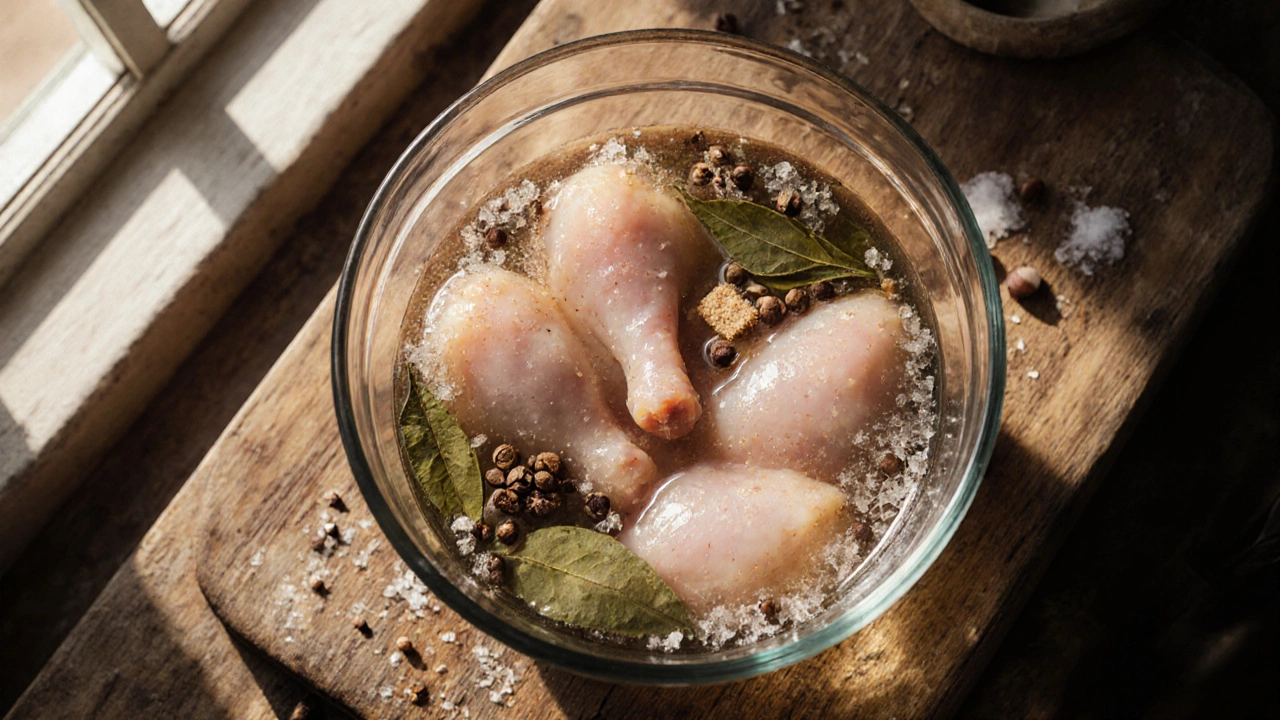
Best Soaks to Make Chicken Tender - Simple Tips for Juicy Results
Discover the best liquids to soak chicken for ultimate tenderness. Learn brining, buttermilk, yogurt, citrus, and enzymatic methods with timing, ratios, and tips.
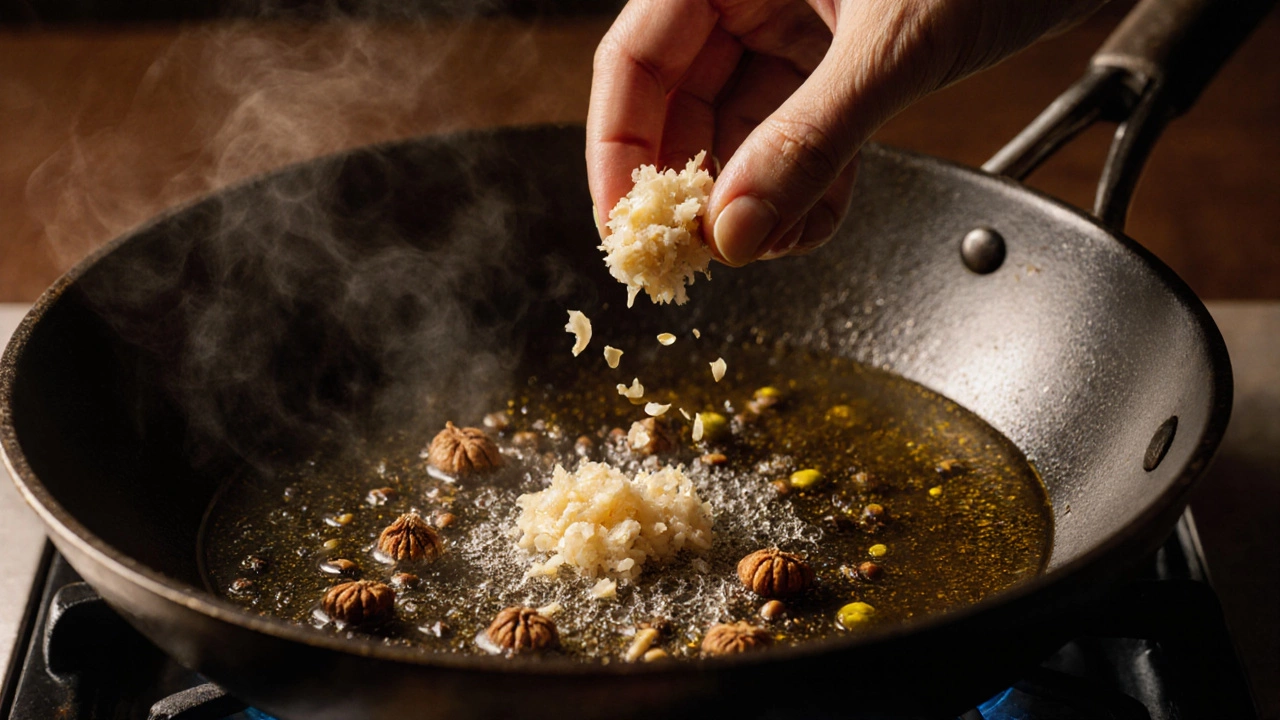
Perfect Timing: When to Add Garlic and Ginger to Curry
Learn the exact moments to add garlic and ginger in curry for maximum flavor, avoid bitterness, and boost health benefits with practical timing tips.
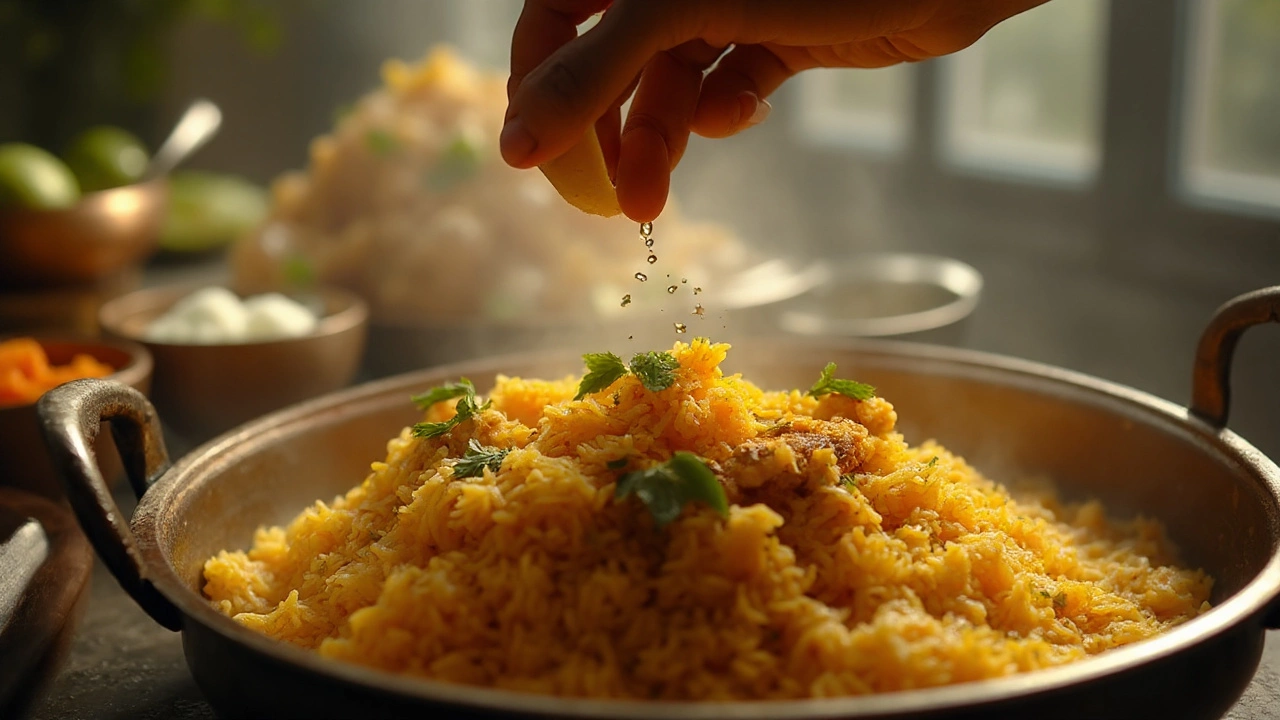
Why Add Lemon to Biryani? Flavor, Tenderness, and Fluffy Rice Explained
Lemon in biryani isn’t a garnish. It brightens flavor, keeps rice fluffy, balances ghee, and fine-tunes marinades. Learn when, how much, and smart substitutes.
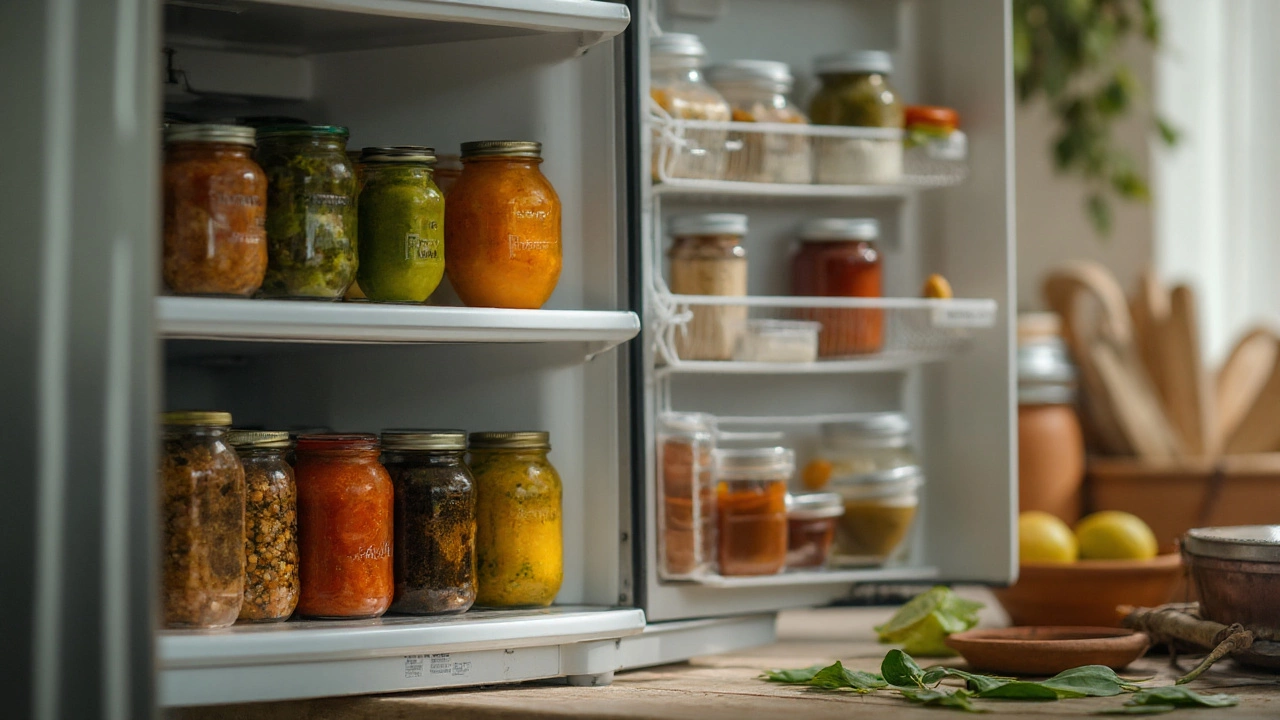
Homemade Chutney Shelf Life: Fridge, Pantry, and Canning Safety Guide
How long does homemade chutney last? Clear timeframes for fridge, pantry, and freezer, plus canning safety, spoilage signs, and storage tips you can trust.

Why Isn't My Roti Puffing? Common Roti Problems and Fixes
Roti not puffing? Discover common reasons behind flat chapatis, with real troubleshooting advice, science-backed facts, and chef-approved kneading, rolling, and cooking tips.

Can You Cook Curry Without Turmeric? Flavor Secrets & Creative Alternatives
Wondering if you can make curry without turmeric? Discover proven techniques, flavor swaps, and expert tips so you never miss out on great curry taste—even without turmeric.

Perfect Dosage: How Much Baking Soda To Use in Dosa Batter for Fluffy Results
Find the right amount of baking soda to add to dosa batter for fluffy dosas. Practical tips, mistakes to avoid, and science behind the results.
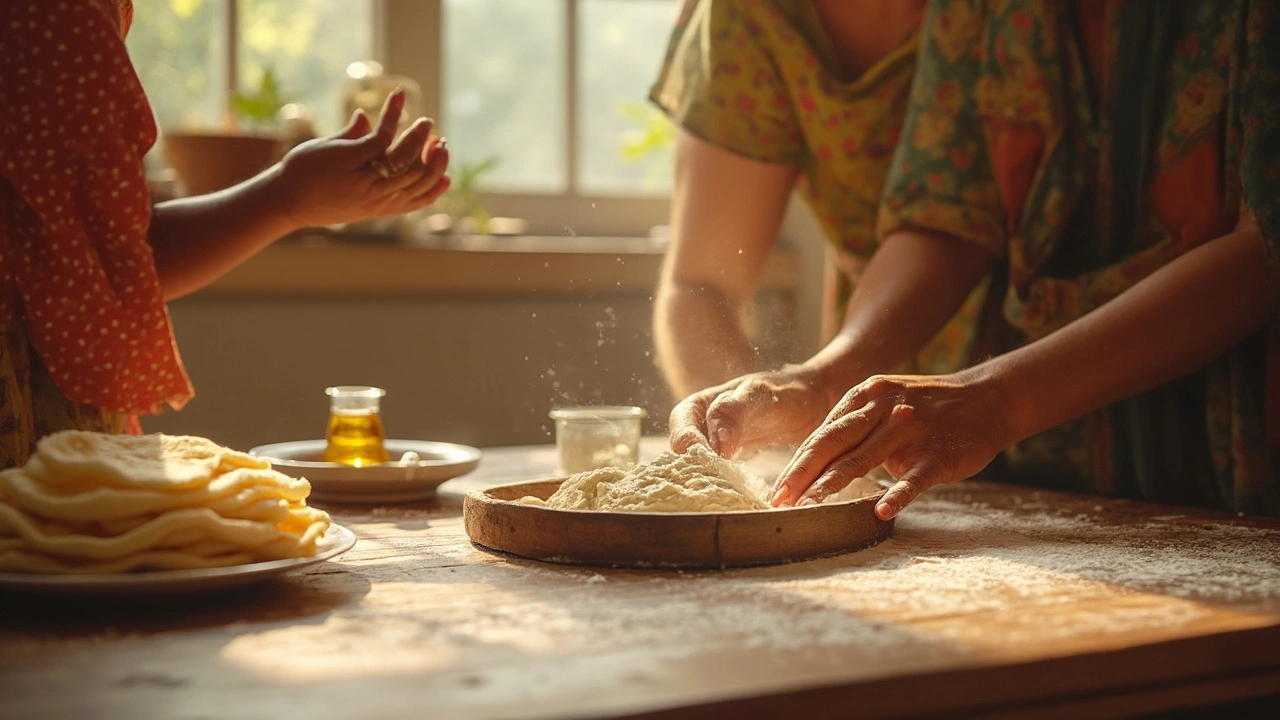
Best Time to Add Oil in Roti Dough: Tips for Fluffy Rotis Every Time
Want softer, tastier rotis? Discover exactly when and why to add oil to your dough. Get flavorful and fluffy results with these tried-and-tested tips.
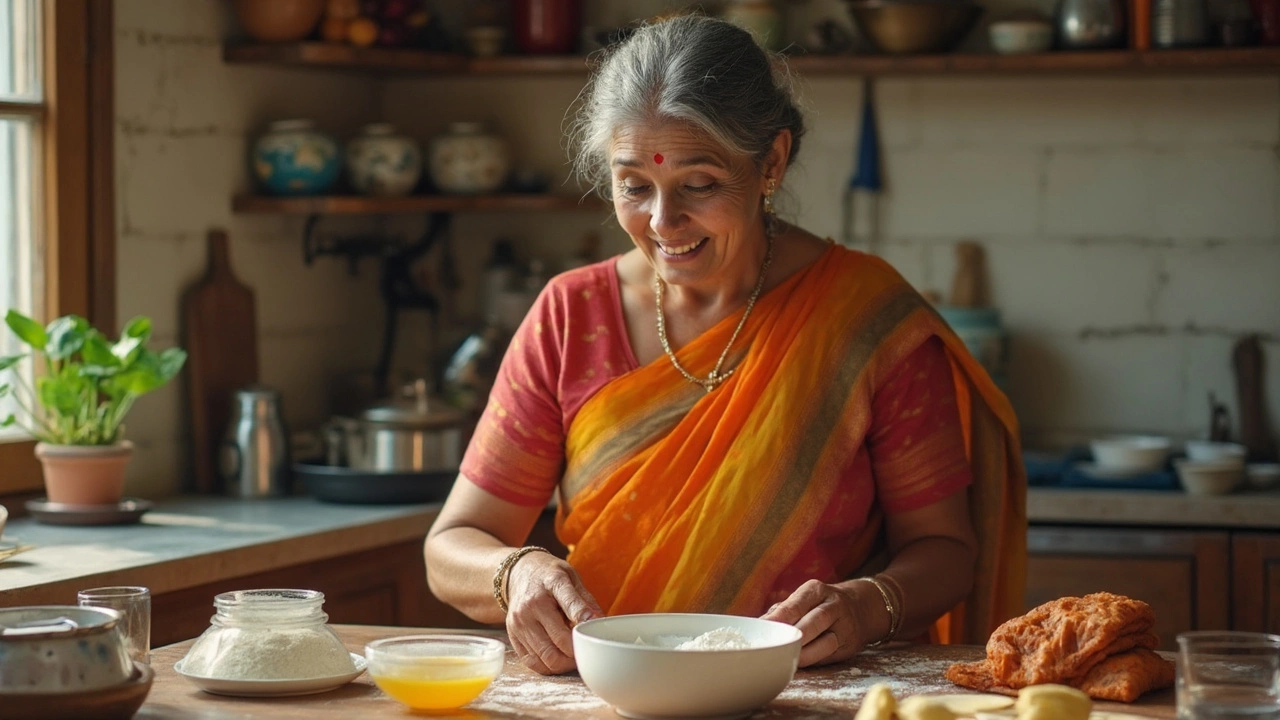
Does Roti Need Baking Powder? The Real Deal for Softer Breads
Wondering if you should add baking powder to roti dough? This article breaks down if baking powder is a must for soft rotis, how it changes texture, and what most home cooks actually do. Find practical tips, some science behind old-school methods, and easy hacks for perfecting your rotis every time. Plus, learn which tweaks make a difference and what’s just a time-waster in the kitchen.
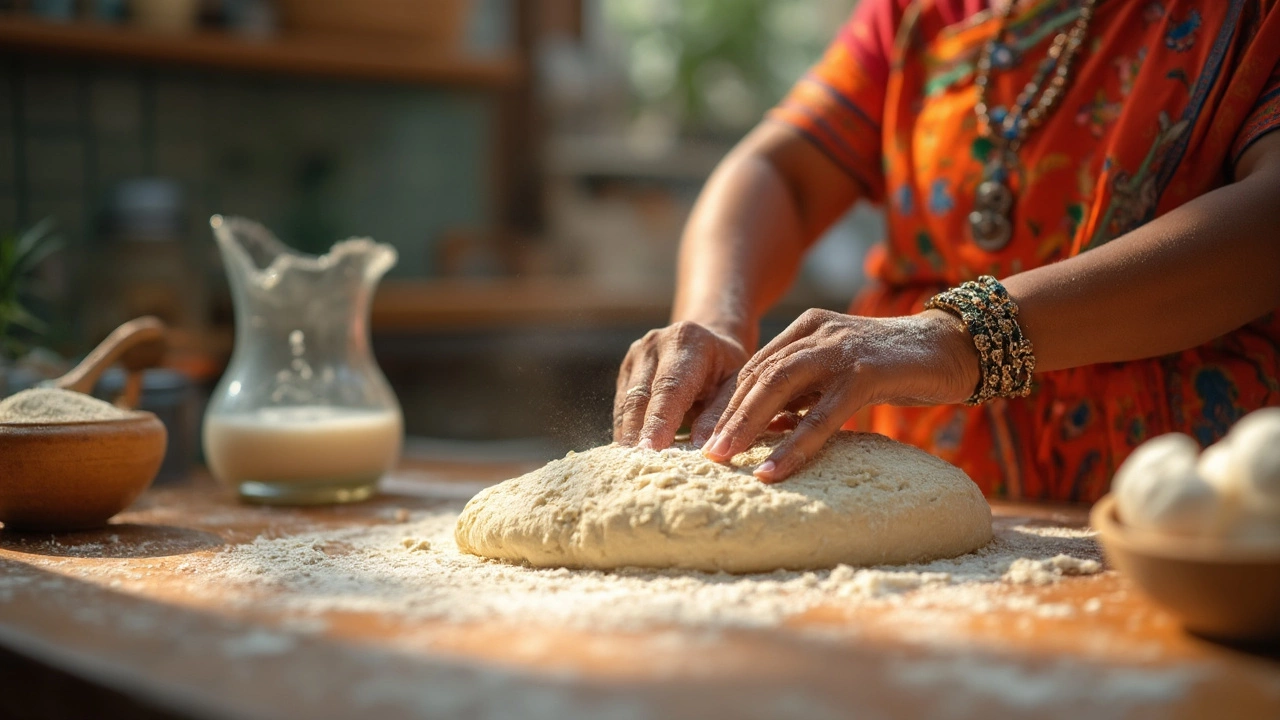
Why Does Roti Get Hard After Cooking? Simple Fixes That Work
Roti can go from soft to tough pretty quickly, and it's not just luck—technique matters. This article digs into why rotis often turn hard after cooking and how to keep them soft every time. From dough texture and resting times to rolling skills and cooking tricks, you'll find clear reasons and down-to-earth solutions. Common myths will get debunked with actual practical advice. If you want your rotis to be soft and fluffy, this is a must-read.
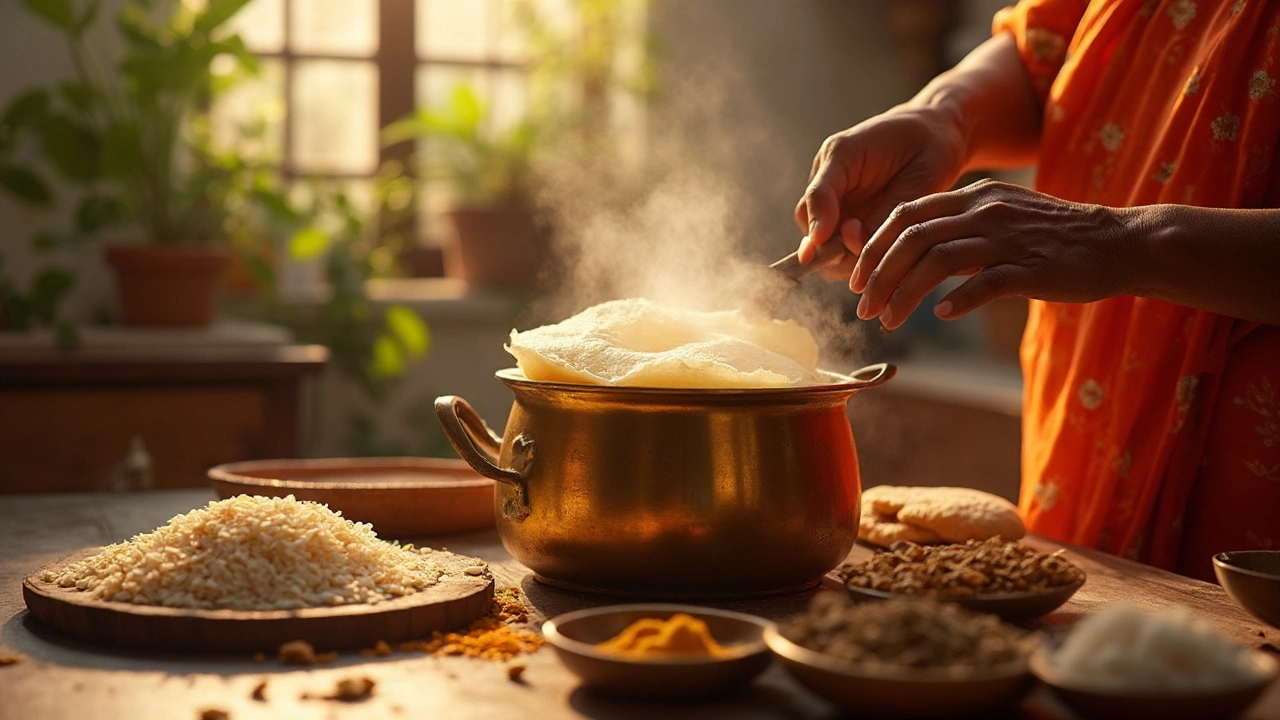
Speed Up Your Dosa Batter Fermentation Without Using Yeast
Unlock the secret to speeding up dosa batter fermentation without relying on yeast. This guide explores practical methods embraced by seasoned home cooks. Get hands-on advice on ingredients, understanding ideal fermentation, and storage tricks. Whether you're a busy parent or a foodie, discover ways to make your dosa batter ready in less time.

Speedy Tips to Ferment Dosa Batter Using Natural Ingredients
Discover practical tips to speed up the fermentation of dosa batter using natural ingredients. This article provides step-by-step methods for perfect dosa batter, highlighting ways to optimize the process without sacrificing flavor. Learn about the role of temperature, ingredients, and time to create delicious, crispy dosas. Unlock the secrets of traditional techniques enriched with modern insights.